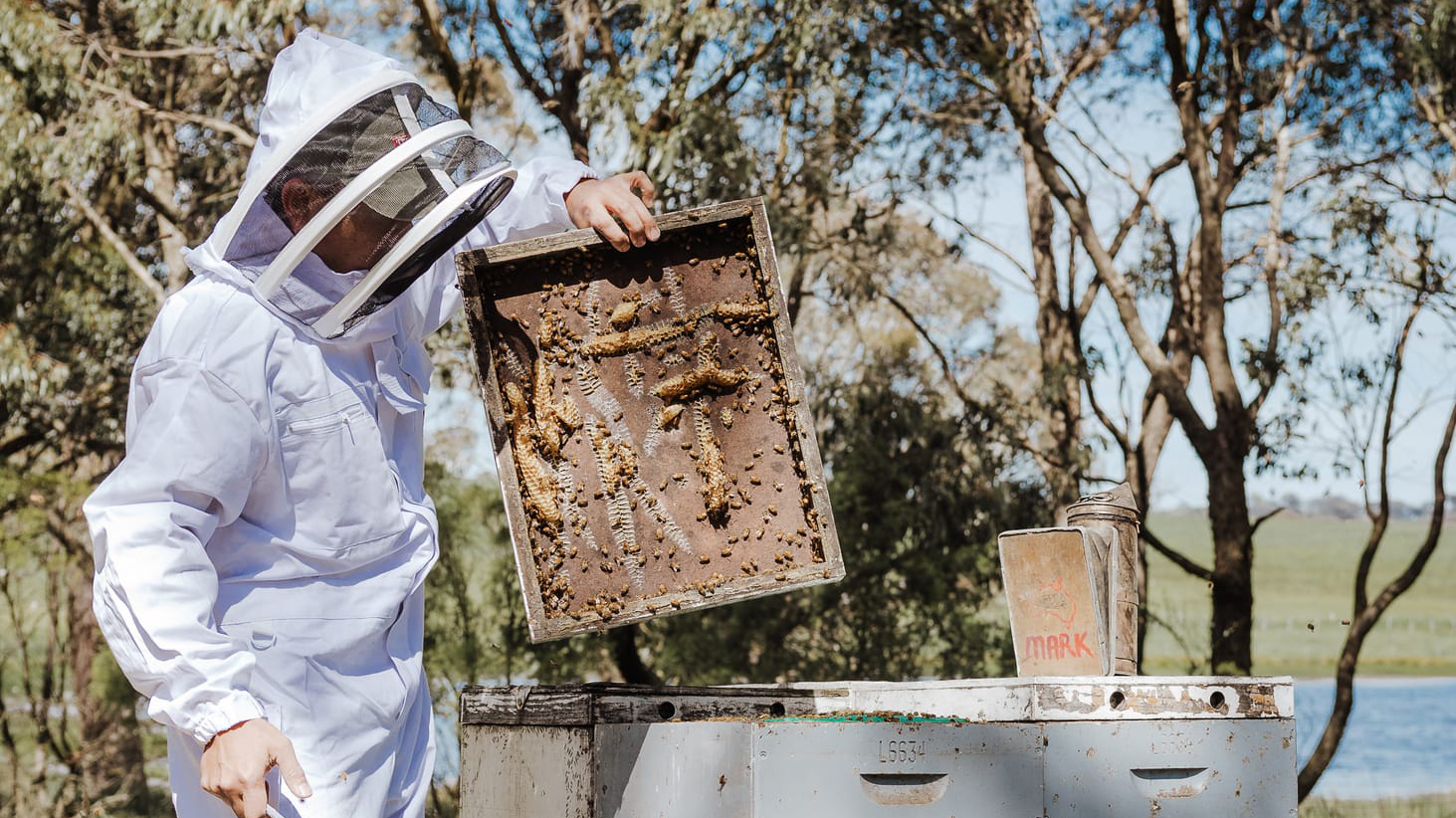AgriFutures Australia, Media Release, 1 October 2025
Australian beekeepers are being urged to share their experiences in the 2025 COLOSS Survey, as the industry faces rising costs and labour demands from Varroa destructor (Varroa) management.
The 2024 Australian Colony Loss (COLOSS) Survey revealed that Varroa is costing the honey bee industry more than just dollars, with labour impacts also increasing. The 2025 survey is now open (closing 1 November 2025), and the industry is seeking a clearer picture of the ongoing impact.
Beekeepers are encouraged to take part in this important survey at www.coloss.au.
Cost per hive, cost of time
Almost 1,000 beekeepers provided data on more than 120,000 colonies in the landmark 2024 survey, providing a snapshot of the challenges facing an industry that contributes an estimated $14 billion to the Australian economy.
The 2024 COLOSS survey report showed that in NSW, where Varroa was first identified, beekeepers are spending an average of 23.5 minutes and $21 per hive on management and treatment. For a commercial operation with 1,000 hives, this equates to an annual cost of an estimated $21,000 and 392 hours (10+ work weeks) of additional labour.
With beekeepers dedicating an average of over 10 working weeks each year to the specialised management and treatment of Varroa, less time is available for other essential tasks, such as proactive hive care and environmental management, which may suffer as a result.
Varroa is one of the many challenges facing the Australian honey bee industry that the industry is seeking to better understand with the launch of the 2025 COLOSS Survey.
Dr Michael Holmes, Project Manager Honey Bee and Pollination Industry National Colony Loss Survey at Australian National University (ANU) said participation in the survey was voluntary but critical for building an accurate industry snapshot.
“By building an informed and accurate dataset, we prompt industry and government action to safeguard not only the honey bee industry, but other agricultural industries that are reliant on the Australian honey bee population for pollination,” he said.
Two thirds of agricultural goods require honey bee pollination, with 35 industries, which include Australian favourites such as avocados and cherries, depending wholly on pollination to produce fruits and nuts.
The survey revealed a national annual colony loss rate of 1.55 per cent, highlighting the vulnerability of Australia’s honey bee population. Unsurprisingly, Varroa was identified as a leading cause of colony loss, placing significant economic burdens on beekeepers through reduced honey production, additional labour and increased hive management costs.
The survey has revealed the breadth of resources required to protect hives and support research, as well as integrate pest management strategies and proactive practices to ensure productive and healthy colonies.
Positive participation needed
The industry peak body is calling on beekeepers to participate in the 2025 survey to help generate the data needed to shape policy and resourcing for local honey production and hive management.
“Colony loss doesn’t only impact honey production or key agricultural sectors, it is also threatening the livelihood of beekeepers,” said Danny Le Feuvre, CEO Australian Honey Bee Industry Council (AHBIC).
“They are hit with the cost to replace hives or invest in preventative measures, as well as the loss of income that comes with the collapse of a colony.
“By investing in research and understanding the national state of play, we can protect our honey bees and build our resilience as an industry.”
The COLOSS survey is funded through the National Varroa Transition to Management Program and administered collaboratively with the support of ANU, AHBIC, and AgriFutures Australia. Australia’s beekeepers are urged to complete the Australian Colony Loss Survey as part of a national effort to understand the impact of the Varroa outbreak and improve hive health management.

